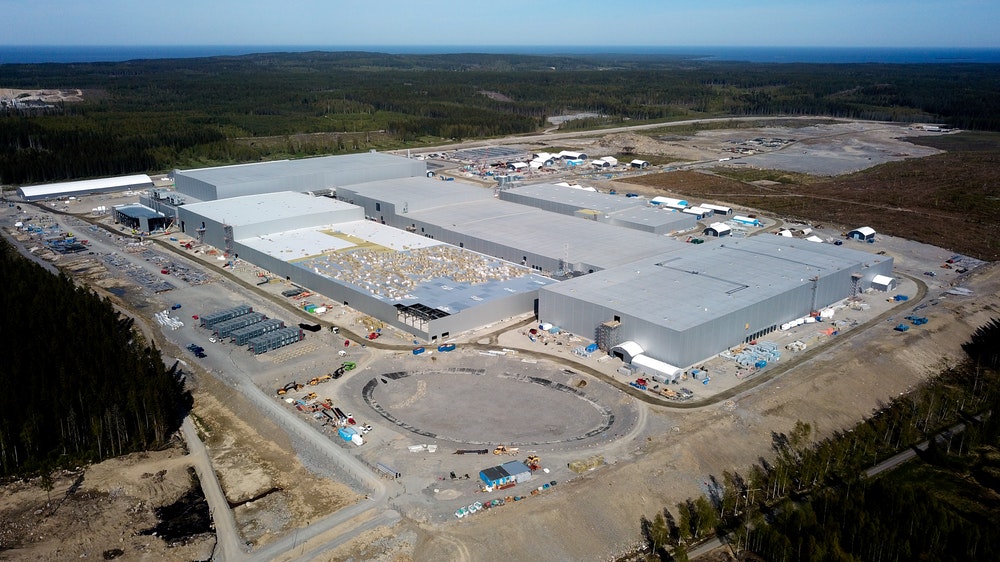

In addition to Salzgitter, the company has already identified Valencia, Spain, as the site of the second battery factory and is also looking into building additional battery factories in the US. As can be seen, at the moment the number of initiatives that are working on their development and launching exceeds the 2-3 factories that, according to estimates, Spain needs in 2030. The 1.9 million-square-foot factory in Sparks, Nevada, is only 30 percent complete, but it. VW says that by 2030, its European battery plants should give it an annual capacity of 240 GWh. The Verge takes a look inside the Tesla Gigafactory, arguably the most important thing the company makes. Although the cell's size and shape are fixed, it has been designed to allow flexibility in terms of cell chemistries, and VW says that 80 percent of its EVs will adopt the unified prismatic cell. The automaker is also moving to a standardized cell format, a prismatic cell first announced in 2021. The Salzgitter site will also have facilities for battery research and development in addition to large-scale production and recycling. VW wants to scale up rapidly, so it has standardized the design of the battery factories, which will use green electricity to operate, incorporating the ability to move to closed-loop recycling once the supply of old EV batteries makes that possible.

It says the battery factory will add another 5,000 jobs over the next few years. In future, we will handle all the relevant activities in-house and will gain a strategic competitive advantage in the race to take the lead in e-mobility." AdvertisementĬell production is scheduled to begin at the Salzgitter factory in 2025, and VW says it has already retrained 1,000 employees from making engines. The company's major strength will be vertical integration from raw materials and the cell right through to recycling. "PowerCo will become a global battery player. "In building our first in-house cell factory, we are consistently implementing our technology roadmap," said Thomas Schmall, VW board member in charge of technology.
Gigafactories plus#
VW says it will require more than $20.4 billion (20 billion euros) in investment between now and 2030 but with an equal potential in revenue, plus the addition of 20,000 new jobs. To that end, the company has set up a new Salzgitter-based business unit called PowerCo that will cover all of the automaker's global battery activities. Each plant should be able to accommodate an annual production capacity of 40 GWh, sufficient to power 500,000 electric vehicles. At Gigafactory 1, Tesla has over 7000 employees. The name refers to Salzgitter in Germany, where VW has built more than 63 million internal combustion engines-it has now broken ground on a massive new battery factory at the site, the first of six planned for Europe. Gigafactories are also designed to be the main hubs for renewable energy storage. These factories are producing electric batteries on a huge scale, primarily for use in. Volkswagen Group announced on Thursday that it is consolidating its battery development and production in a new project called Mission SalzGiga. Gigafactories are at the heart of our renewable energy future.


 0 kommentar(er)
0 kommentar(er)
